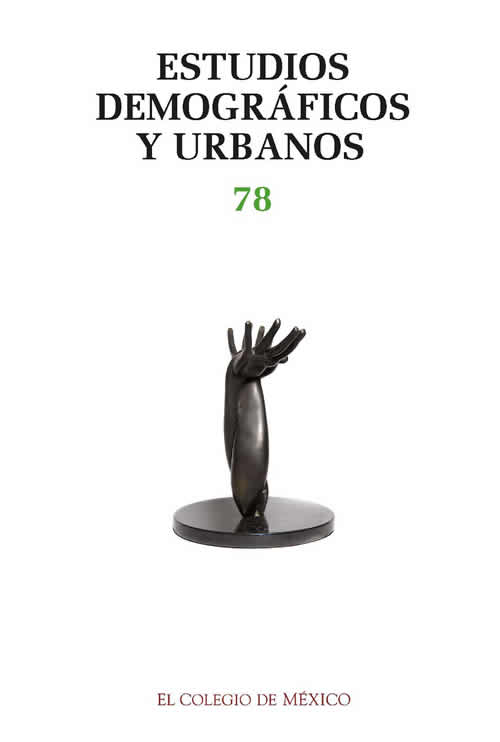Coping with Climate Change and Health Risks: Responses in the Sierra Tarahumara
Published 2011-09-01
Keywords
- climate threats,
- adaptation,
- coping,
- indigenous communities,
- poor households
- health risks,
- Tarahumara,
- vulnerability ...More
How to Cite
-
Abstract1237
-
PDF (español)523
-
En línea (español)950
Downloads
Copyright (c) 2011 Estudios Demográficos y Urbanos

This work is licensed under a Creative Commons Attribution-NonCommercial-NoDerivatives 4.0 International License.
Metrics
Abstract
The literature on the impact of climate change is beginning to describe the various degrees of vulnerability of the population and the capacity for response and adaptation of the various social sectors throughout the world. However, there are still very few studies which, when analyzing the responses to health risks derived from climate change, indicate the constraints and opportunities that shape the adaptation processes designed to cope with health challenges. This study seeks to advance this line by focusing on a poor sector of the Mexican indigenous peasant population. The article is based on a household study undertaken from December 2006 to April 2007 in three communities in the Sierra Tarahumara in the southeast of Chihuahua. The results show that even in a context of extreme poverty and vulnerability to climate change, the population develops responses for coping with it and adapting. Tarahumara households have developed three types of strategies: a) those based on their customs, b) the use of the health system offered by public institutions and non-governmental organizations and c) social practices oriented towards other countries and emigration to urban zones as a means of integrating with “western” society. It also shows that various government policies oriented towards community development, with an impact on the population’s health, have constraints due to the lack of inter-sectoral coordination. One exception in which there has been a certain amount of synergy is the area of health services, which has taken up the population’s customs through the assistance of community representatives and NGOs.


